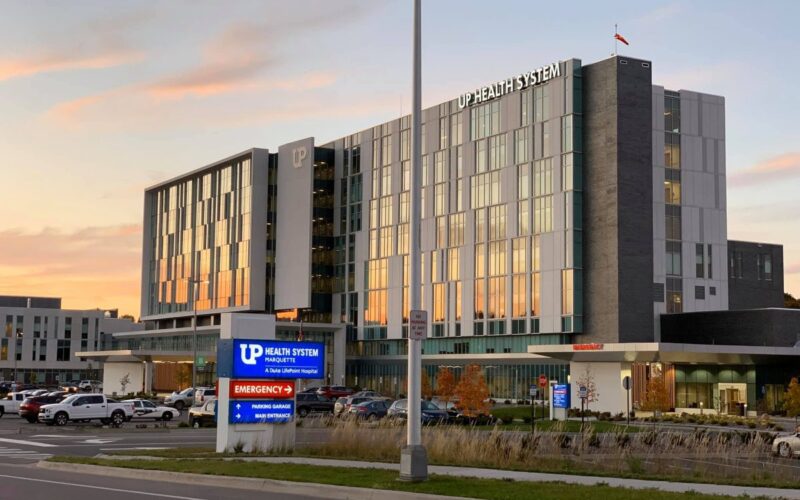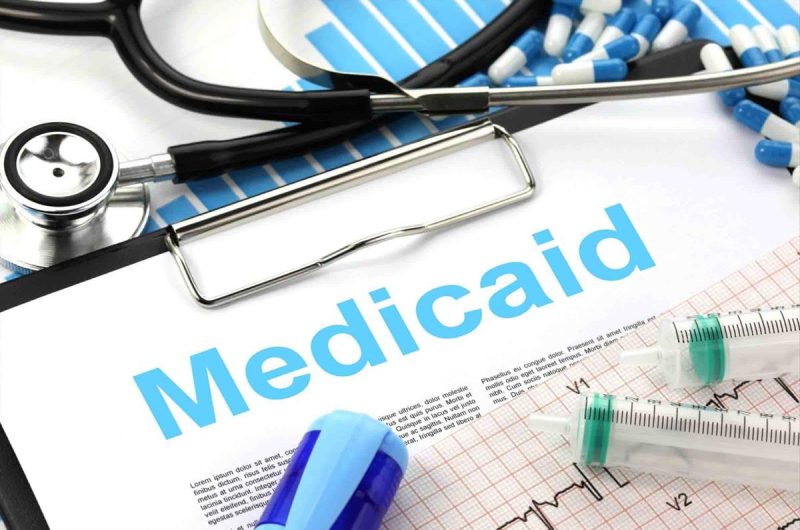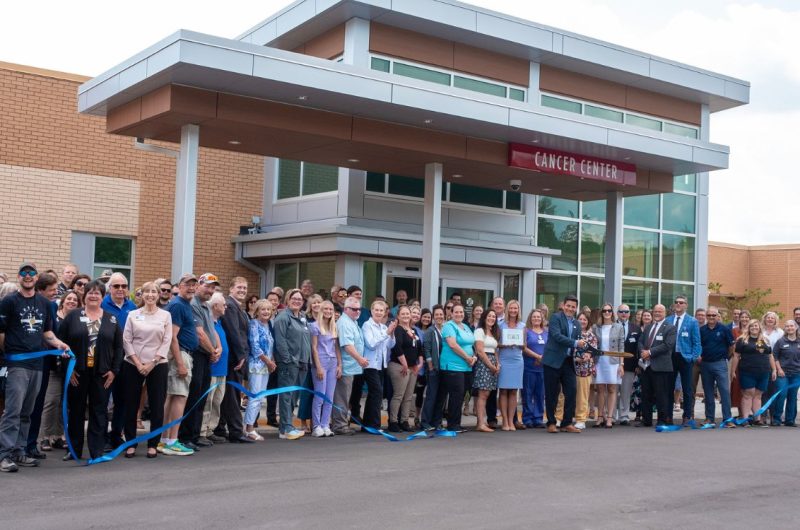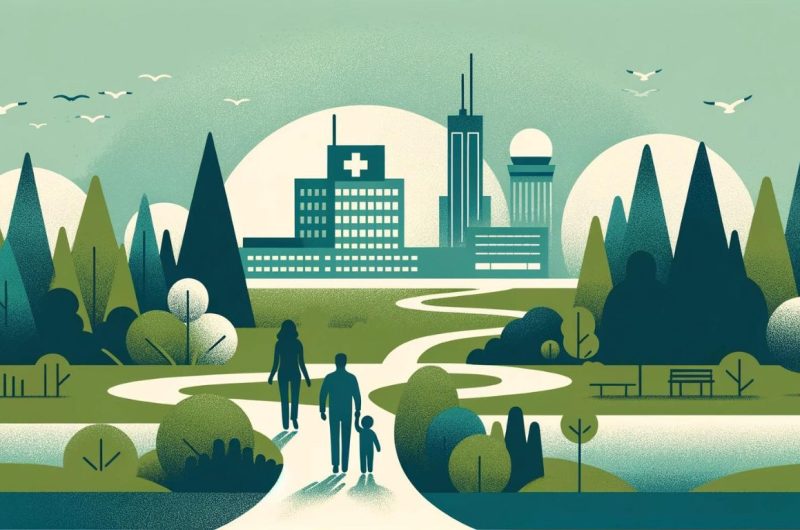Will the rural healthcare system be a victim of COVID-19?
The opinions expressed in this publication are those of the authors, and do not necessarily reflect the opinions or views of Rural Insights or its members.

The COVID-19 pandemic sweeping the globe is changing the world as we know it, causing death, permanent damage to physical health, and financial ruin.
Healthcare systems throughout the world are stressed with how to respond and take care of their citizens and grapple with the lack of supplies. Lack of protective equipment for front line healthcare staff is alarming in most areas, and the areas not affected yet are waiting for the other shoe to drop.
The financial impact worldwide is just now becoming apparent, as China’s GDP was off 7% and many analysts project much higher, alluding to a lack of transparency in certain areas.
The United States numbers won’t be fully developed until the second quarter, as the impact wasn’t felt nationwide until February–but it will be significant, as over 40% of the nation is under “stay at home” orders, and 22 million Americans are unemployed nationwide as of this writing.
The major focus of the national media has been New York and Los Angeles and their struggles to deal with their populations and fragmented supply chain for the PPE needed on the front line.
Once we are through the first phase of this pandemic, we will do the analysis and finger pointing as to why the public health system wasn’t funded better or why leadership was lacking, or where our predictive models were to help us, and little attention will be made nationwide on the damaged rural healthcare system. The fragile financial state of rural healthcare is being tremendously affected by this pandemic.
In Michigan, many smaller facilities such as Critical Access Hospitals, have a breakeven bottom line only because of Medicaid expansion. Their financial viability is tenuous at best, and they band together to buy things so they can get a volume discount, but it is nothing like what the larger chains are able to negotiate.
These smaller purchasers of products and materials who normally pay a higher price for supplies are seeing a dramatic spike. N-95 masks that used to cost 90 cents now cost almost $4 per mask.
The same is happening for gowns and other protective devices that facilities now must get outside their buying agreements due to access issues. The cost of being prepared is skyrocketing, and that cost will be there whether you need it or not. A patient presenting to the emergency room with potential flu symptoms requires all the preventative material whether or not they have COVID-19.
The cost of not taking precautions is not an option, as any staff person who encountered the patient must be quarantined and potentially off work, caregiver, physician, environmental services, registration and on and on including other patients in the waiting room.
The larger impact on the rural healthcare facilities, hospitals, clinics, rural clinics, and physician offices has been the executive order to suspend elective procedures. The logic is that suspending these non-life-threatening procedures will decrease the utilization of materials that may be needed to combat the pandemic.
Items such as medication for converting patients to ventilators in surgeries might be needed for COVID-19 patients in the ICU fighting for their lives. While no one will argue the logic behind this, the financial impact this directive will have on the rural healthcare system is devastating.
Elective procedures account for anywhere from 50% to 70% of total procedures, depending on the rural health facilities’ revenue. That loss of revenue, which supports the inpatient side and other rural services like emergency rooms, puts financial stress on an already-fragile financial structure.
Like any other business in a community, the health system cannot sustain this and still provide services to the community. The net result is that most rural and urban facilities are laying off staff who are not associated with providing direct patient care for COVID-19.
Those retained but not providing services are being asked to absorb up to a 20% pay cut for the duration of the pandemic. Rural healthcare systems cannot sustain themselves for very long under these conditions.
There are significant governmental help packages available, but they are essentially financial bandages and not long-term solutions. The Center for Medicare and Medicaid Services is allowing hospitals to pull forward six months’ worth of payments, but it all must be repaid, and if it is not after 210 days the loan will have 10% plus interest on it and a repayment plan established with CMS.
For this reason, many of the exceedingly-small facilities are reluctant to do this, since the interest alone while repaying it could crush them financially.
We will get through this pandemic as a state and as a nation, and hopefully learn that underfunding the public health system is not a great idea.
We know, according to many experts, that we may never be the same again. Waiters serving with masks and gloves, dining capacity with 6 foot spacing, grocery stores with occupancy limits, and empty clinics and physician offices in rural communities providing services to no one.
We will survive, but access to healthcare might never be the same.






Thanks for the article, Dennis. You’ve described well this no-win situation that the UP healthcare organizations and many other business are in and will be in for quite some time. We’ll need the best of innovation from our fellow Yoopers and help from state and federal government to create an environment for recovery as quickly as possible while taking on responsible risk.